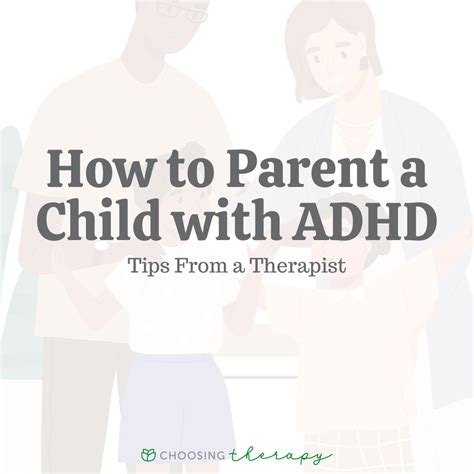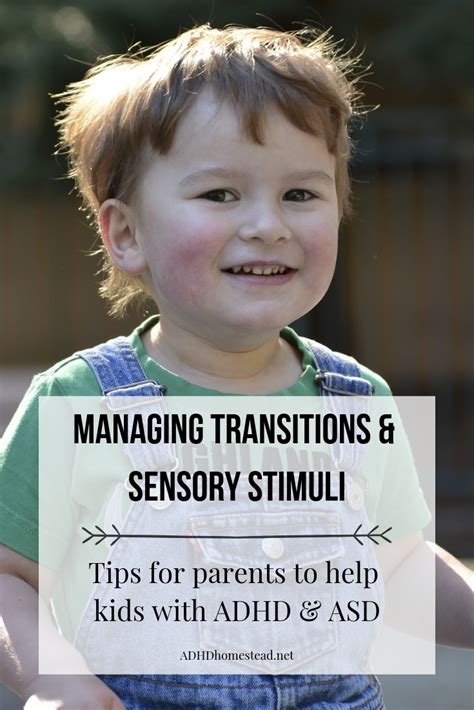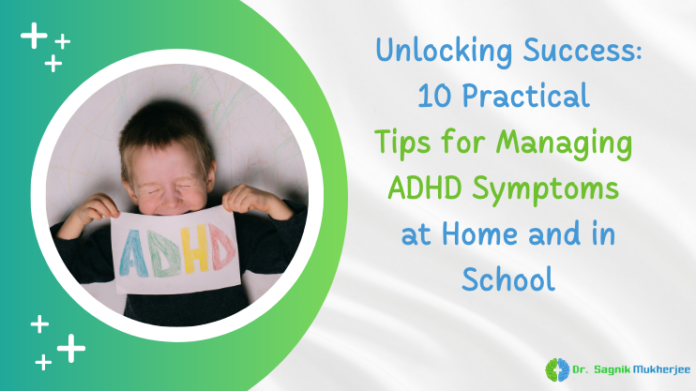Managing time effectively can be a significant challenge for students with ADHD, as symptoms like distractibility, impulsivity, and difficulty with organization often interfere with academic success. However, with the right strategies, students can enhance their focus and productivity. This article explores proven techniques tailored to the unique needs of those with ADHD, including setting realistic goals, using visual aids like calendars, breaking tasks into smaller parts, and employing time-blocking methods. Additionally, we’ll discuss the importance of regular breaks, task prioritization using the Eisenhower Matrix, and leveraging technology to stay on track. By implementing these strategies, students with ADHD can develop a structured daily routine that supports their academic goals and helps them manage their time more effectively.
Explore this topic thoroughly with hotigames.com
1. Understanding ADHD and its impact on time management
ADHD, or Attention-Deficit/Hyperactivity Disorder, is a neurodevelopmental condition that affects many aspects of a student’s life, particularly their ability to manage time effectively. Individuals with ADHD often struggle with maintaining focus, organizing tasks, and following through on commitments due to symptoms such as inattention, hyperactivity, and impulsivity. These challenges can make it difficult to prioritize assignments, remember deadlines, and allocate appropriate amounts of time to different tasks, leading to procrastination and incomplete work.
Additionally, students with ADHD may experience difficulty transitioning between tasks, often getting caught up in less important activities or becoming overwhelmed by larger projects. This can create a cycle of stress and frustration, as missed deadlines and incomplete assignments compound over time. Understanding how ADHD affects time management is the first step in developing effective strategies to overcome these obstacles. By recognizing the specific challenges posed by ADHD, students and educators can tailor approaches that harness an individual’s strengths while addressing their difficulties. This tailored approach can include breaking down tasks, using visual aids, and incorporating structured routines that help students manage their time more effectively, ultimately leading to improved focus, productivity, and academic success.

2. Setting realistic goals and expectations
Setting realistic goals and expectations is crucial for students with ADHD to effectively manage their time and avoid becoming overwhelmed. When goals are too ambitious or expectations too high, it can lead to frustration and a sense of failure if they are not met. Instead, students should focus on creating specific, achievable objectives that align with their abilities and current workload. Breaking larger goals into smaller, more manageable tasks can help provide a clearer path forward and make progress feel more attainable.
Additionally, setting time limits for each task helps maintain focus and ensures that students don’t spend excessive time on any one activity. Regularly reviewing and adjusting goals is also important to accommodate changing priorities or unexpected challenges. By setting realistic goals and managing expectations, students with ADHD can build confidence in their abilities, reduce stress, and create a more structured and supportive environment for academic success.

3. Using visual aids like calendars and planners
Visual aids like calendars and planners are essential tools for students with ADHD to enhance their time management skills. These tools provide a clear, visual representation of tasks, deadlines, and commitments, making it easier to organize and prioritize work. By using a calendar, students can map out their week or month ahead, visually seeing when assignments are due, when exams are scheduled, and what other commitments they have.
Planners allow for daily or weekly breakdowns, helping students focus on immediate tasks without feeling overwhelmed by everything at once. Color-coding different subjects or activities can further help in quickly identifying priorities and distinguishing between various types of tasks. Digital planners and calendar apps often come with features like reminders and alerts, which can be particularly helpful for students with ADHD who may struggle with remembering deadlines. Regularly updating these visual aids helps keep track of progress and adjust plans as needed, providing a structured approach to managing time effectively and reducing anxiety about upcoming responsibilities.

4. Breaking tasks into manageable chunks
Breaking tasks into manageable chunks is an effective strategy for students with ADHD to improve focus and productivity. Large assignments or projects can feel overwhelming, making it difficult to know where to start and often leading to procrastination or avoidance. By dividing these tasks into smaller, more manageable parts, students can reduce anxiety and gain a clearer sense of direction.
For example, instead of viewing a research paper as a single, daunting task, it can be broken down into steps like choosing a topic, gathering research, creating an outline, writing a draft, and revising the final paper. Each smaller step can then be scheduled and tackled individually, providing a sense of accomplishment with each completed task. This approach not only makes the work more approachable but also helps in maintaining focus, as shorter tasks require less sustained concentration, which is beneficial for those with ADHD.
Using checklists to mark off completed steps can offer a visual representation of progress, boosting motivation and reinforcing a sense of achievement. Additionally, breaking down tasks allows for more flexible time management, as students can prioritize and adapt their plans according to the demands of each smaller step. Ultimately, this method encourages steady progress and helps prevent burnout by making large tasks feel more achievable.
5. Implementing time-blocking techniques
Implementing time-blocking techniques is a powerful method for students with ADHD to enhance their time management skills. Time-blocking involves dividing the day into distinct blocks of time, each dedicated to specific tasks or activities. This structured approach helps students maintain focus and reduces the likelihood of distractions by clearly defining when each task begins and ends.
For students with ADHD, time-blocking can provide much-needed structure and reduce feelings of overwhelm by organizing the day into manageable segments. For example, a student might block out one hour for studying, followed by a 15-minute break, and then allocate 30 minutes for completing homework or reviewing notes. This approach not only helps maintain concentration on the task at hand but also ensures regular breaks, which are crucial for sustaining attention and preventing burnout.
To implement time-blocking effectively, students should prioritize tasks based on their importance and deadlines, ensuring that more demanding tasks are scheduled when their focus is at its peak. Using tools like digital calendars or time-management apps can help set reminders and keep track of each block. Regularly reviewing and adjusting time blocks as needed allows for flexibility while maintaining the overall structure. By adopting time-blocking techniques, students with ADHD can create a balanced schedule that promotes productivity and reduces stress.
6. Prioritizing tasks with the Eisenhower Matrix
Prioritizing tasks with the Eisenhower Matrix is a practical strategy for students with ADHD to manage their time more effectively by distinguishing between tasks based on their urgency and importance. The Eisenhower Matrix, also known as the Urgent-Important Matrix, divides tasks into four categories: urgent and important, important but not urgent, urgent but not important, and neither urgent nor important.
By categorizing tasks in this way, students can focus on what truly matters and avoid becoming overwhelmed by less critical activities. For example, tasks that are both urgent and important, such as completing an assignment due the next day, should be prioritized and tackled first. Tasks that are important but not urgent, like preparing for an exam in two weeks, should be scheduled for later.
Meanwhile, tasks that are urgent but not important, such as responding to a non-critical email, can be delegated or addressed after more important tasks. Tasks that are neither urgent nor important, like browsing social media, should be minimized or eliminated. Using the Eisenhower Matrix helps students with ADHD make deliberate choices about how they spend their time, ensuring that they focus on high-priority tasks while reducing distractions and enhancing overall productivity.
7. Incorporating regular breaks to maintain focus
Incorporating regular breaks is essential for maintaining focus and productivity, especially for students with ADHD. Extended periods of continuous work can lead to diminished attention and increased mental fatigue, making it harder to stay on task and complete assignments effectively. Regular breaks help to rejuvenate the mind and sustain high levels of concentration over time.
One effective technique is the Pomodoro Technique, which involves working for 25 minutes followed by a 5-minute break. After four cycles, a longer break of 15-30 minutes is taken. This method helps in managing time efficiently by providing structured intervals for focused work and rest. During breaks, engaging in activities like stretching, taking a walk, or practicing mindfulness can help refresh the mind and prevent burnout.
It’s important to schedule breaks into the daily routine and use them as opportunities to recharge rather than as distractions. By incorporating regular breaks, students with ADHD can maintain better focus, reduce stress, and enhance their overall academic performance. Balancing work and rest ensures that they remain productive and engaged, ultimately leading to more effective time management and academic success.
8. Utilizing reminders and alarms for deadlines
Utilizing reminders and alarms is a crucial technique for students with ADHD to manage deadlines and stay on top of their responsibilities. Given the challenges in maintaining focus and tracking time, these tools provide essential support in ensuring that tasks and deadlines are not overlooked.
Digital reminders and alarms can be set on smartphones, tablets, or computers to alert students of upcoming deadlines, scheduled study sessions, or important tasks. Setting multiple reminders for each deadline—such as a week before, a day before, and an hour before—can help reinforce the importance of timely completion and prevent last-minute stress.
For instance, a student might use calendar apps or task management tools to create alerts for assignment due dates, exam preparations, or meeting schedules. Additionally, incorporating visual reminders, such as sticky notes on a desk or a whiteboard in a study area, can serve as constant cues to stay on track.
By leveraging these reminders and alarms, students with ADHD can better manage their time, reduce the risk of forgetting important tasks, and enhance their ability to meet deadlines. This proactive approach to time management helps create a more organized and stress-free academic experience.
9. Building a structured daily routine
Building a structured daily routine is vital for students with ADHD to improve time management and academic performance. A well-organized routine provides predictability and helps in establishing consistent habits that support focus and productivity.
To create an effective routine, start by setting regular wake-up and sleep times to ensure adequate rest and establish a stable daily rhythm. Plan the day with designated blocks of time for studying, attending classes, completing assignments, and engaging in breaks or leisure activities. Incorporate specific times for meals and self-care to maintain overall well-being.
It’s also helpful to include time for review and reflection, allowing students to assess their progress and adjust their plans as needed. Utilizing tools like planners or digital apps to map out daily schedules can provide visual cues and reminders, further supporting adherence to the routine.
A structured daily routine helps students with ADHD manage their time more effectively, reduce procrastination, and create a balanced approach to their academic and personal responsibilities, ultimately leading to greater success and reduced stress.
10. Seeking support from apps and tools designed for ADHD
Seeking support from apps and tools designed specifically for ADHD can significantly enhance time management and academic success for students. These specialized tools are crafted to address the unique challenges faced by individuals with ADHD, such as difficulty with organization, focus, and task completion.
ADHD-friendly apps often feature customizable reminders, task lists, and scheduling functionalities that help students keep track of assignments and deadlines. Tools like Todoist or Microsoft To Do allow users to break tasks into smaller steps, set due dates, and prioritize activities, making it easier to manage workload and stay organized.
Focus-enhancing apps such as Forest or Focus@Will provide features designed to minimize distractions and improve concentration during study sessions. They offer techniques like timed work sessions and ambient soundscapes to help maintain focus.
Additionally, visual and auditory aids can be incorporated into apps like My Study Life or Time Timer, which provide visual countdowns and structured schedules to help students manage their time effectively.
Utilizing these apps and tools can offer significant support by providing structured assistance and reminders, fostering better time management habits, and helping students with ADHD achieve their academic goals with greater ease and efficiency.
Effective time management for students with ADHD requires a blend of practical strategies and tailored tools. By setting realistic goals, using visual aids, breaking tasks into manageable chunks, implementing time-blocking techniques, and prioritizing tasks with the Eisenhower Matrix, students can enhance their focus and productivity. Regular breaks, reminders, structured routines, and specialized apps further support these efforts, creating a more organized and balanced approach to managing academic responsibilities. With these strategies, students with ADHD can navigate their challenges and achieve academic success m
hotigames.com
